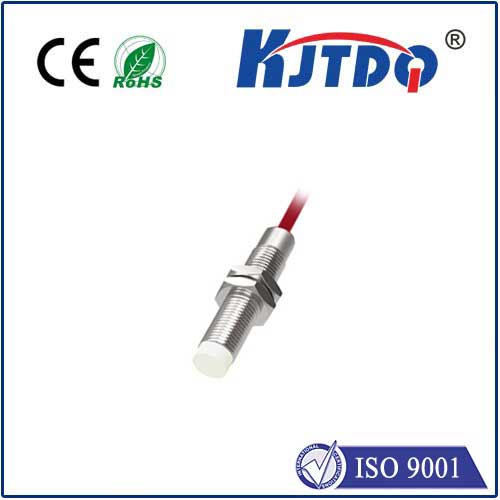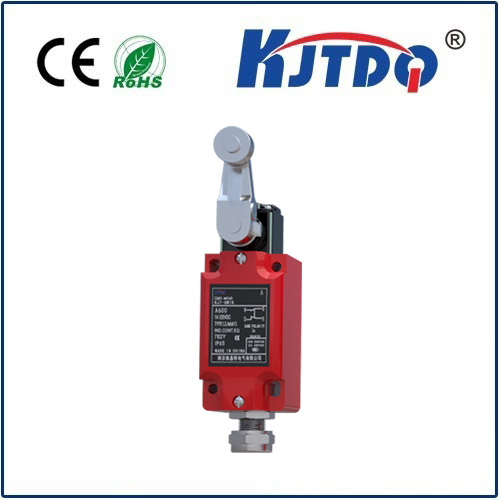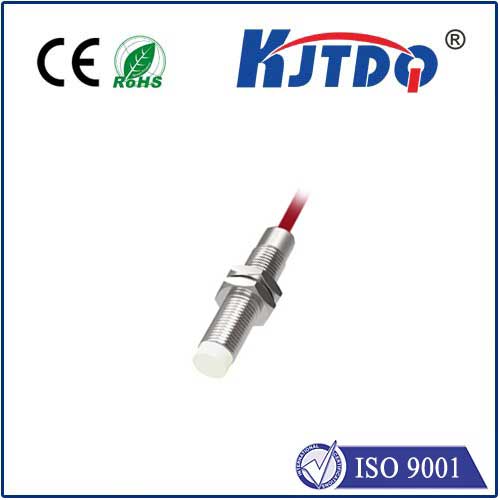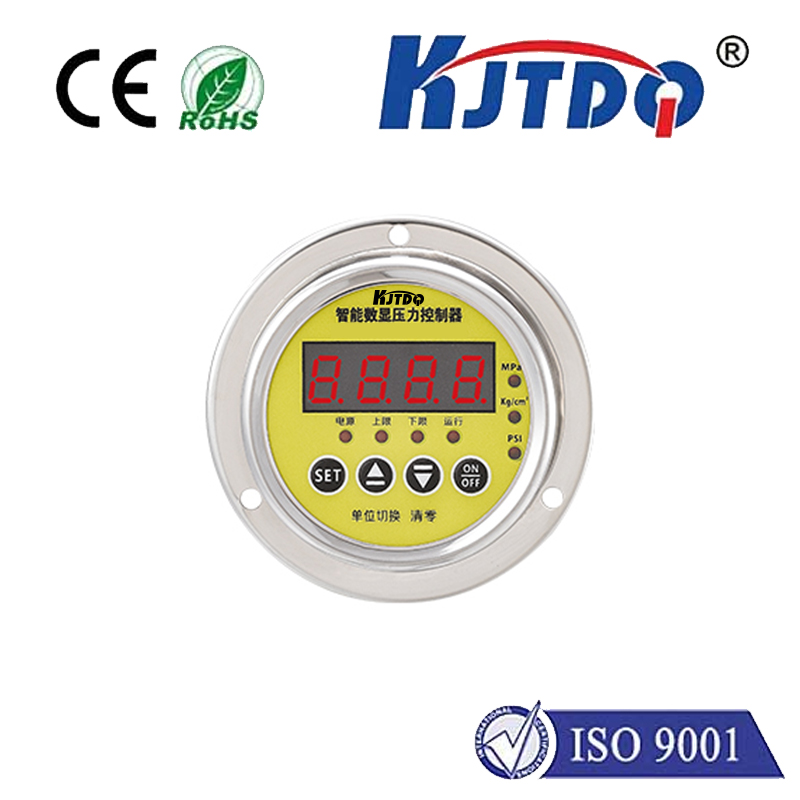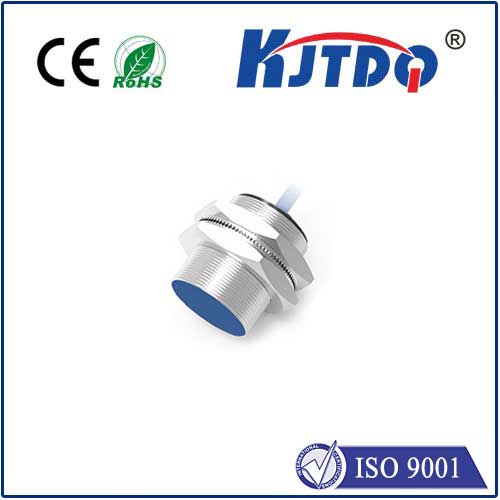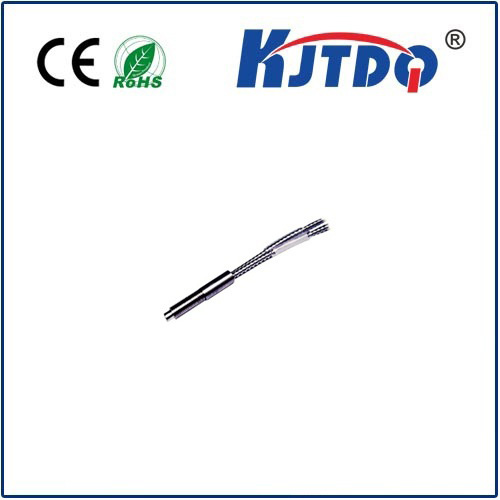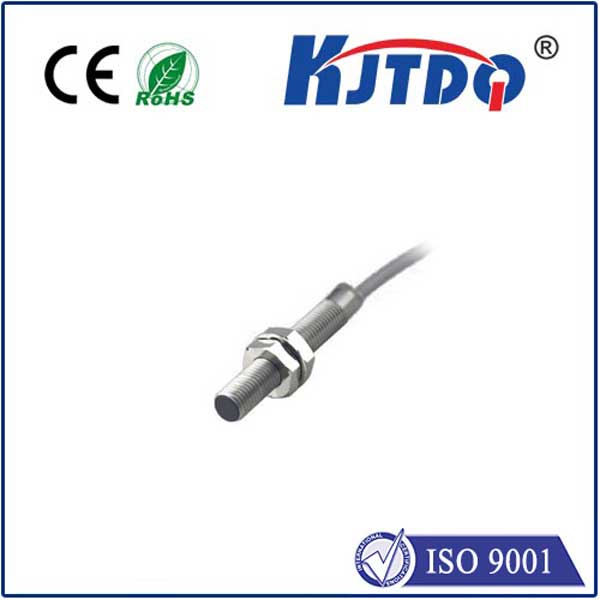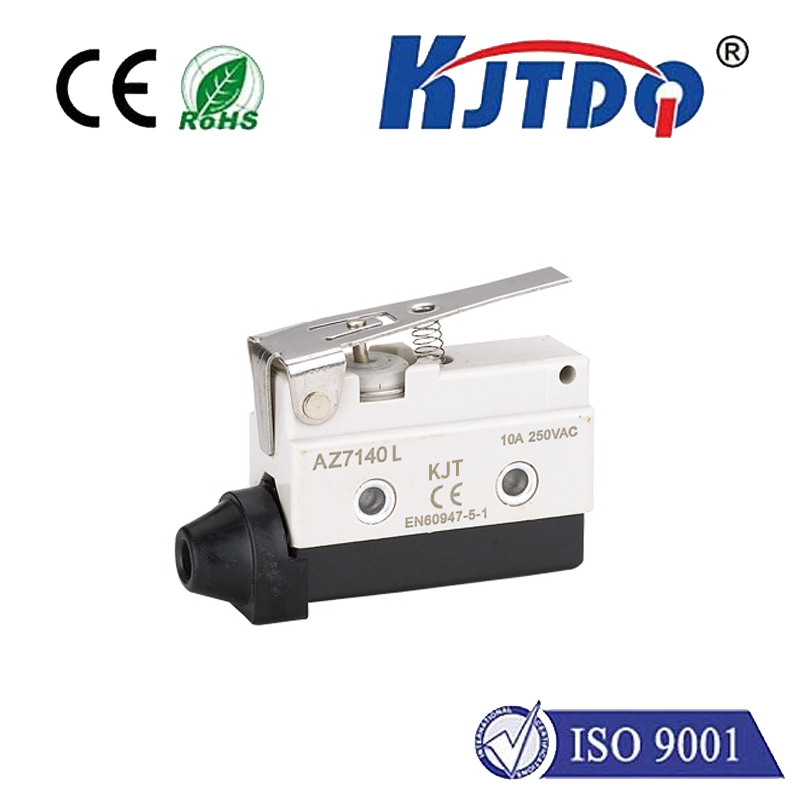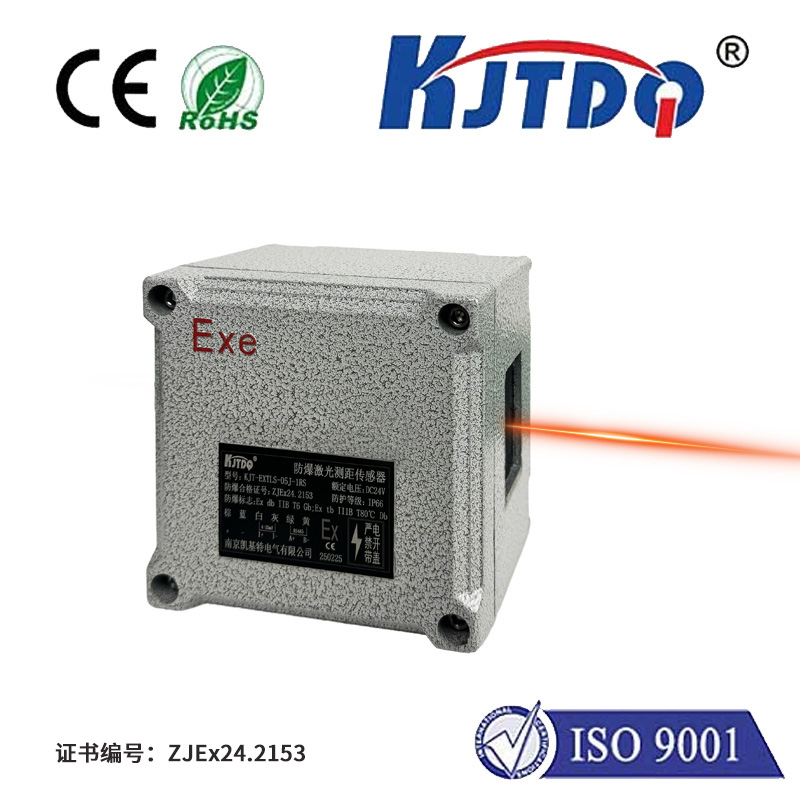inductive proximity switch sensor
- time:2025-06-20 01:39:32
- Click:0
Inductive Proximity Switches: The Contactless Workhorses of Industrial Automation
Ever wondered how machines reliably “sense” metal parts without touching them? In the bustling heart of modern factories, on sophisticated production lines, and within robust machinery, countless critical decisions happen invisibly. Metal parts zip by, positions are verified, and safety is maintained – often relying on a silent, tireless sentinel: the inductive proximity switch sensor. This unassuming electronic component, based on fundamental electromagnetic principles, is a cornerstone of automated systems, offering unparalleled reliability for detecting metallic objects without physical contact.
At its core, an inductive proximity sensor is a non-contact sensing device. Its primary function is to detect the presence or absence of metallic objects within its sensing range. Unlike mechanical switches that require physical actuation, inductive sensors operate purely through electromagnetic fields. This inherent non-contact sensing capability is revolutionary, eliminating issues like wear and tear, contact bounce, and contamination that plague mechanical alternatives. This translates directly to reduced maintenance downtime and significantly longer operational lifespans.
So, how does this seemingly magical detection work? The magic lies in Faraday’s Law of Induction and a cleverly designed electronic circuit. Inside a typical inductive sensor, you’ll find four key components housed within a rugged casing:

- An Oscillator: Generates a high-frequency alternating current (AC).
- A Coil (Inductor): Connected to the oscillator, this coil radiates an oscillating electromagnetic field into the space directly in front of the sensor’s active face.
- A Trigger Circuit: Monitors the strength of the electromagnetic field maintained by the coil.
- An Output Stage: Switches the sensor’s output state (ON or OFF) based on the trigger circuit’s signal.
Here’s the operational sequence:
- Field Generation: The oscillator energizes the coil, creating an invisible alternating electromagnetic field radiating from the sensor’s face.
- Target Approach: When a conductive metal target enters this sensing field (within the prescribed nominal sensing distance, often abbreviated Sn), eddy currents are induced within the target material.
- Energy Absorption: These eddy currents create their own opposing magnetic field and draw energy from the sensor’s coil circuit. This energy loss dampens the oscillation amplitude.
- Detection & Switching: The internal trigger circuit constantly monitors the amplitude of the oscillations. Once the damping caused by the target reaches a preset threshold, the circuit triggers the output stage.
- Signal Output: The output stage switches state – typically, a solid-state transistor (PNP or NPN configuration) changes from non-conducting (OFF) to conducting (ON), or vice-versa, signaling the presence of the metal target to the connected controller (like a PLC - Programmable Logic Controller).
This ingenious mechanism makes inductive proximity sensors exceptionally robust and well-suited for demanding industrial environments. Key advantages include:
- No Moving Parts: Immunity to mechanical wear, shock, and vibration.
- Harsh Environment Tolerance: Excellent resistance to dirt, dust, oil, coolants, and moisture. Many boast high IP ratings (Ingress Protection) like IP67 or IP69K, making them suitable for washdown areas.
- High Switching Frequencies: Capable of detecting very fast-moving objects reliably.
- Long Service Life: Reliability leading to reduced operational costs.
- Variety & Integration: Available in diverse shapes (cylindrical tubular, rectangular block), sizes, connection types (cables, connectors), and output configurations (DC or AC powered, NPN sinking, PNP sourcing, NO/NC) to integrate seamlessly into control systems.
Selecting the right inductive proximity sensor involves considering several critical parameters:
- Sensing Range (Sn / Sr): The rated detection distance for a standard target (usually mild steel). Always ensure the target material and size are compatible.
- Target Material: While primarily for metals, performance varies. Steel offers the longest range, followed by stainless steel, brass, aluminum, and copper. Some models feature correction factors or are specifically compensated.
- Housing Material: Stainless steel offers superior chemical resistance and robustness. Nickel-plated brass provides a good balance. PBT (Polybutylene Terephthalate) plastic housings are common for cost-effective solutions.
- Electrical Specifications: Operating voltage (DC voltages like 10-30V DC are most common; AC versions exist), current consumption, output type (NPN, PNP), output current rating.
- Environmental Ratings: IP rating for dust and moisture protection, temperature range tolerance.
- Mounting: Requirements (flush mount, non-flush mount) and available space.
- Switching Frequency: How rapidly the sensor can detect passing targets.
Inductive proximity sensors are absolutely indispensable across countless applications:
- Position Verification: Confirming parts are present (on pallets, in fixtures) or absent.
- End-of-Travel Detection: Sensing the limit of a cylinder stroke or machine axis.
- Object Counting: Tallying products or components on a conveyor belt.
- Speed Monitoring: Detecting teeth on gears or other rotating components.
- Machine Safety: Implementing position interlocks or guarding systems.
- Conveyor Systems: Tracking product flow and controlling sorting mechanisms.
- Material Handling Automation: Guiding robots, verifying gripper positions.
- Cylinder Position Feedback: Replacing limit switches on pneumatic or hydraulic actuators.
In essence, inductive proximity sensors provide the essential “eyes” for machinery that needs to interact with the metallic world. Their blend of non-contact operation, ruggedness, reliability, and ease of integration makes them fundamental building blocks in industrial automation and process control. By offering a contactless, wear-free solution for metal detection, they silently ensure efficiency, safety, and productivity in environments where mechanical switches would falter. Choosing the right sensor for the specific application – considering target, environment, and electrical needs – unlocks their full potential as the dependable workhorses of the modern industrial landscape. Their ongoing development ensures they remain a vital technology, adapting to meet the ever-increasing demands of smarter factories and more complex automation.












